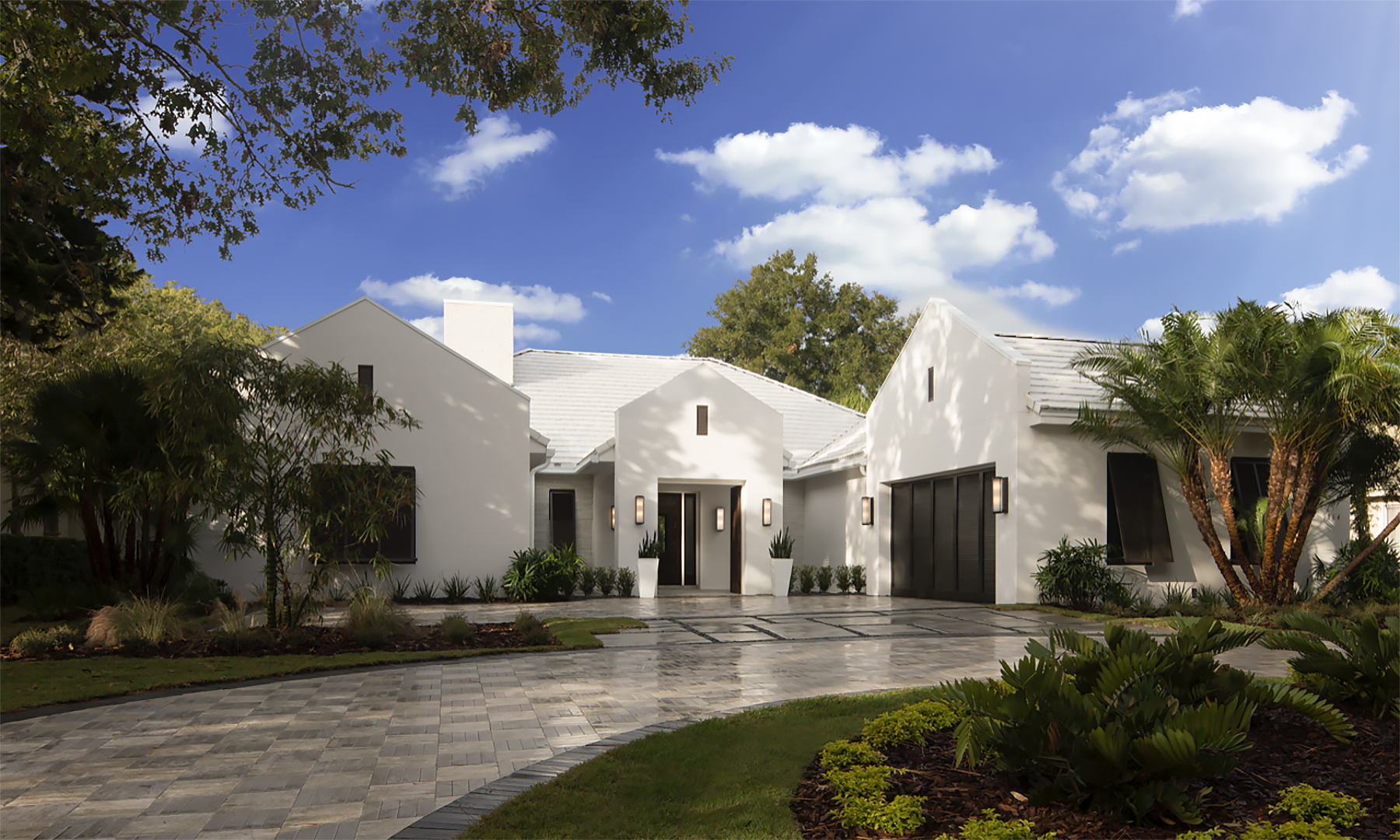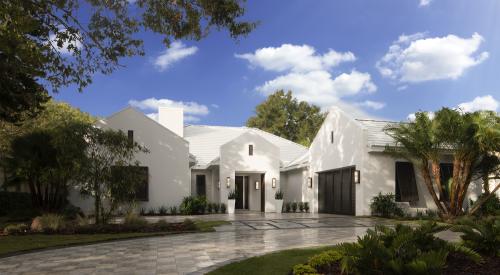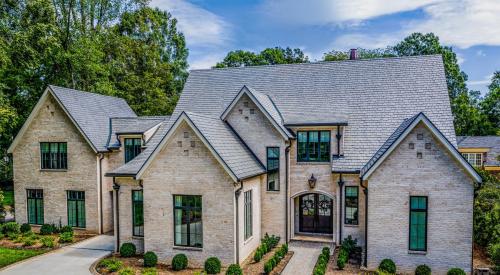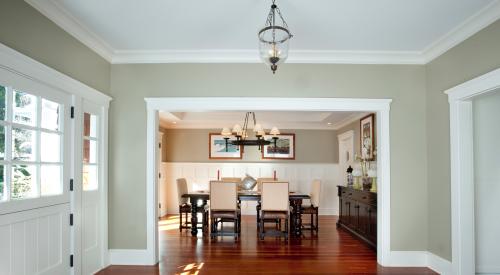History has proven that societal trends often greatly influence home architectural styles. Perhaps one of the most recent and pronounced trends over the past decade has been the intersection of technology and information and the resulting over-stimulation that consumers have experienced daily as social media and other information channels flourished and multiplied.
As a direct result, exterior home design over the past several years has demonstrated a marked shift toward minimalism, as well as reduced ornamentation and use of color. This shift provided consumers, when home, with a much-desired visual break from the over-stimulation coming constantly from ever-present technology and information.
It is unsurprising that, today, one of the biggest influences of shifting home design is the pandemic. Westlake Royal Roofing Solutions recently released results of research into shifting home design and roofing trends, and the study clearly highlighted the pandemic’s influence.
IMPACT OF COVID-19 ON HOME AND ROOFING DESIGN
“The pandemic greatly influenced how we relate to our homes,” says Eric Miller, vice president of sales and marketing for Westlake Royal Roofing Solutions. “We demanded more versatility of our home as we began to use it as workspace, retreat space, fitness space, grow space, and entertainment space, not to mention as a critical hub for shipping and receiving goods. Never in our lifetimes has the home been utilized in such varied ways, and design is shifting as a direct result. We see it in trending architectural styles and roofing selected to complement those styles.”
Notably, three key macro-influences impacting home design and accompanying roof pairings emerged during the study. The first, the evolving desire for naturalism, represents a shift toward rural-inspired and contemporary escape homes. In these home designs, two- and three-color palettes are inspired by hues that evoke weathering by nature, complementing rural-inspired homes, as well as darkened and refined hues, complementing contemporary escapes.
“The second macro influence we identified is disruption,” says Renee Labbe, director of design strategy at Los Angeles-based Broadside Studios, the design forecasting agency that led the architecture and roofing trends research for Westlake Royal Roofing Solutions. “Disruption has led to an architectural theme evoking what we call the ‘glamour of opposites.’ Two home styles are emerging from this: the clean traditional and merged aesthetic styles.”
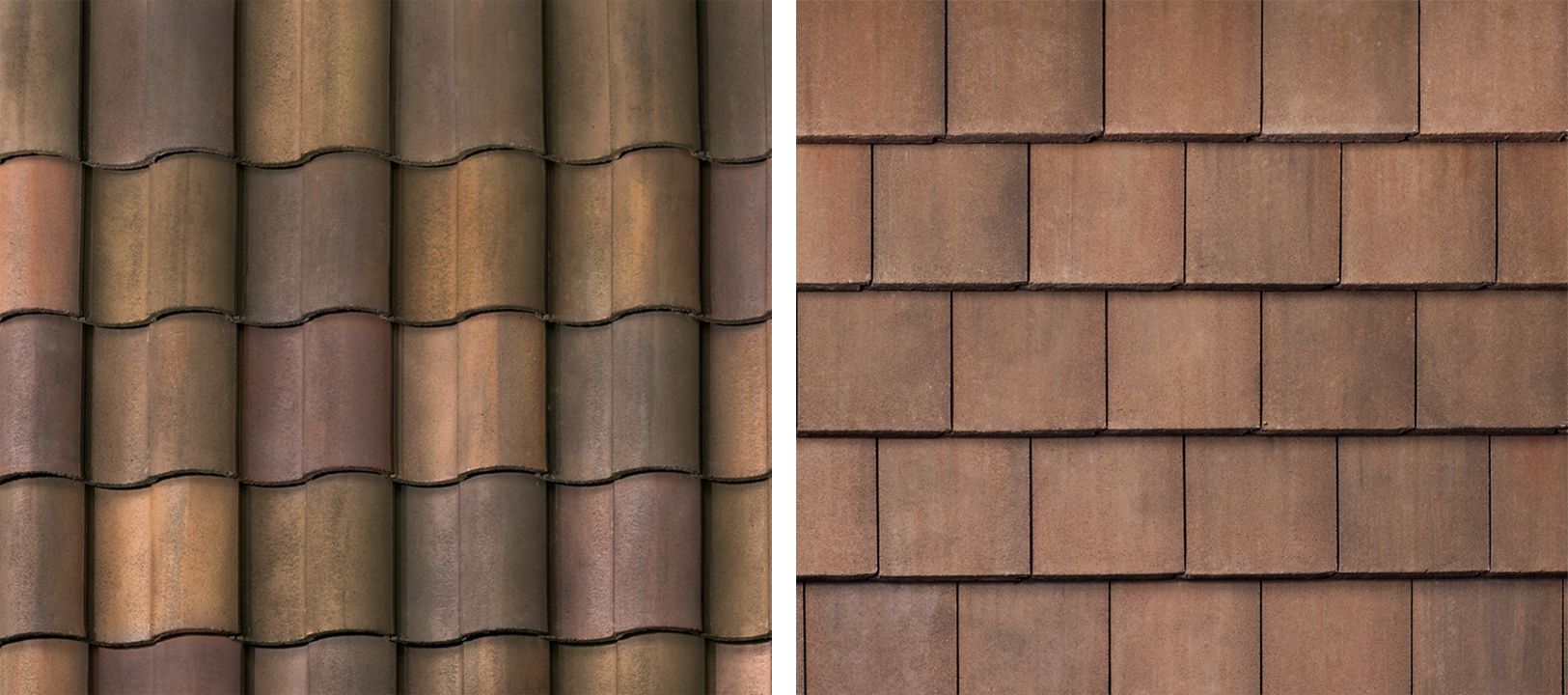
Two-color palettes, described as high-contrast opposites, have become commonly used with clean traditional homes while two-color palettes in true traditional tones are more common with merged aesthetic homes.
Ease is the third macro influence impacting home design and roof pairings today. Ease has led to a shift in homes toward two types of quiet design: quiet transitional and quiet modern homes. With both, two-color palettes of easy muted neutral hues dominate.
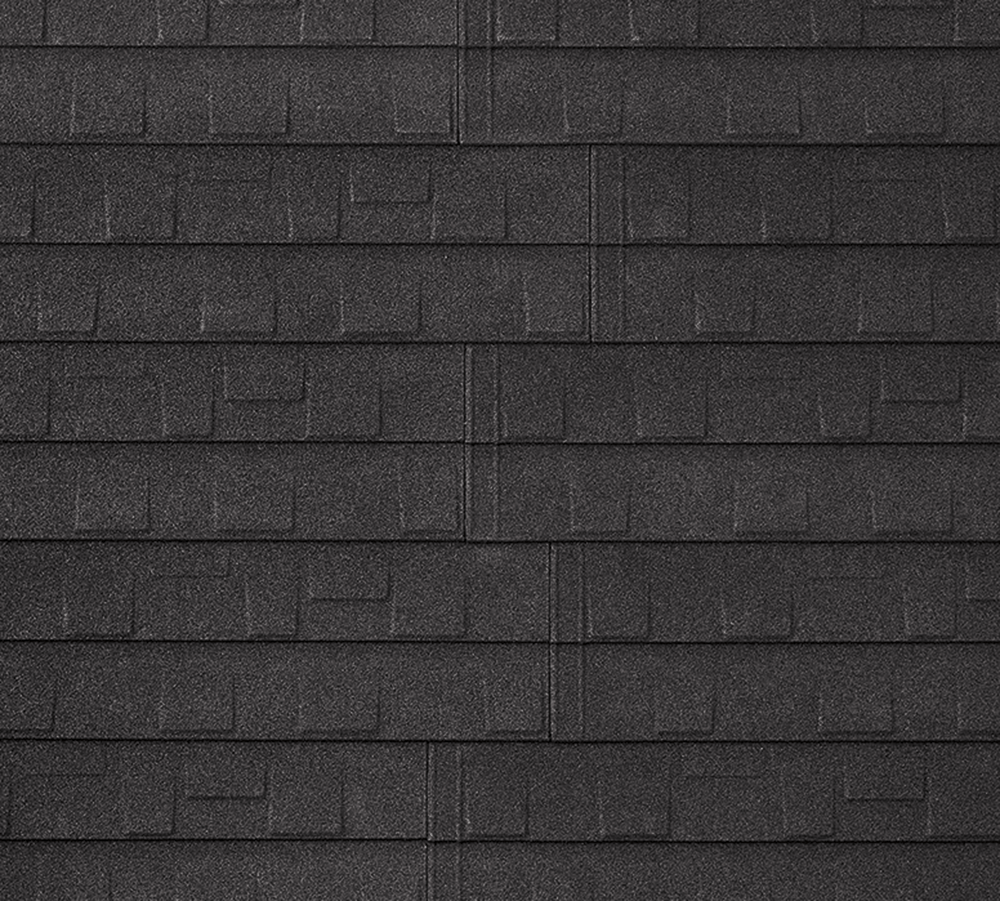
“Whether influenced by naturalism, disruption, or ease, roof pairings for these newer home architecture styles are selected as part of the home’s master two- or three-color palette” adds Labbe. “And just as these home design shifts are regional in nature, so too are the accompanying roof materials chosen to complement them.”
Of course, the actual roof material selected for any given home is typically only partially chosen for its aesthetic. Long-term durability and performance, as well as a roof system’s ability to reduce the energy consumption and energy bills associated with heating and cooling the home, are key. Additionally, a roof’s ability to withstand and endure inclement weather cycling, storms, hail, wind, and snow, and to protect against fire has become increasingly important as global warming intensifies severe weather, droughts, and events that test a roof and home’s resiliency.
“The roof system chosen must be able to perform in the region and climate the home is located in, as each region experiences different weather conditions,” says Miller. “Because high-performance roofing materials, including clay, concrete, composite, and stone-coated steel, are all offered in numerous profiles and colors, they can match any trending home design style. What this ultimately means is that the roof material can be selected first for its efficiency and resiliency. Then the desired profile and color can be subsequently chosen to complement the home’s aesthetic.”
Building professionals interested in learning more on these current home architecture and roofing trends are invited to take a continuing education course on the topic. Architects who complete the course are eligible for 1 CEU credit. For more information and to register, visit https://westlakeroyalroofing.com/education.
Westlake Royal Roofing Solutions delivers an industry-topping combination of unparalleled strength, durability. and profile-raising presence. Learn more here. See Westlake Royal Building Products’ full portfolio of siding, trim, stone, and roofing products here.


